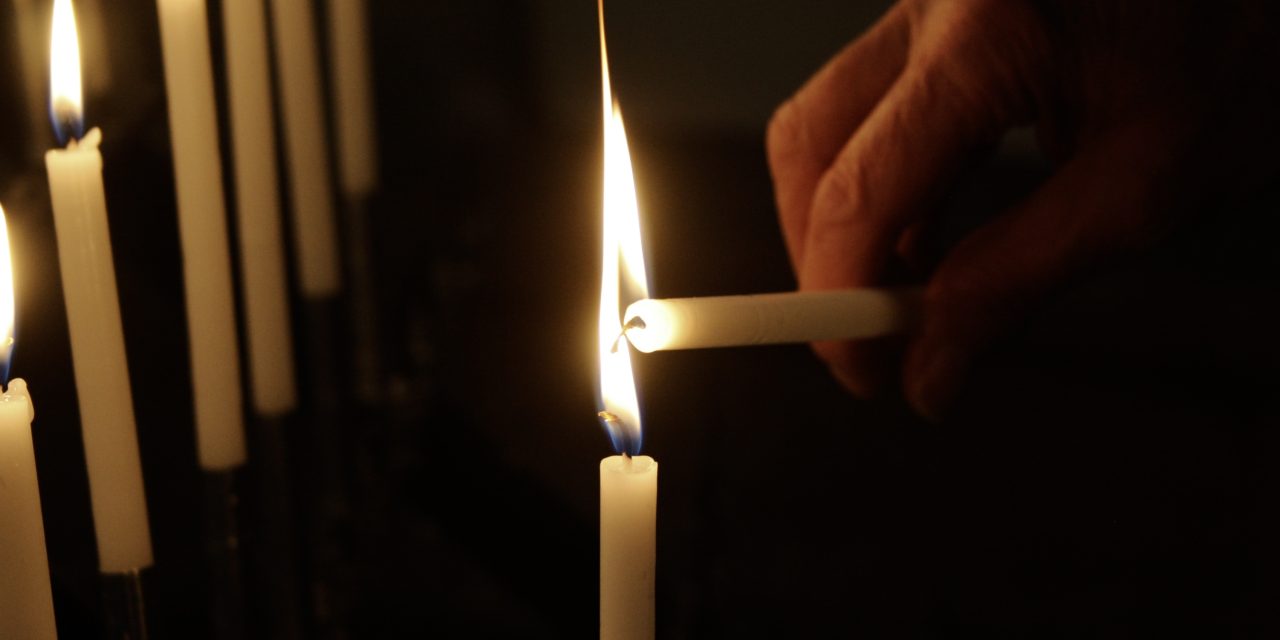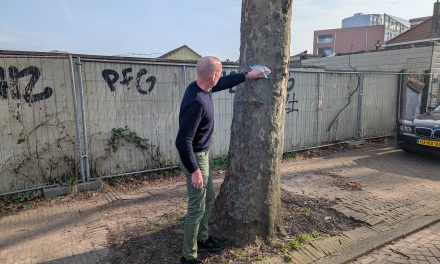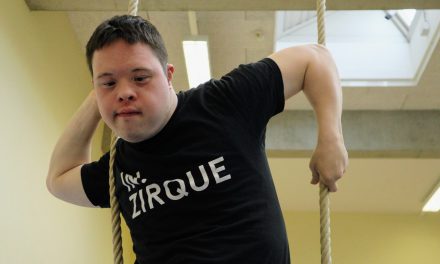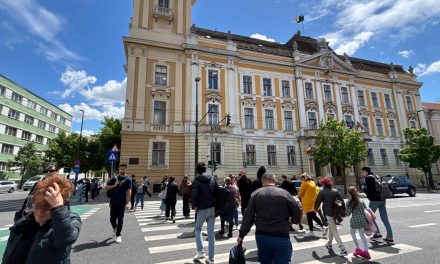The Dom Church, Domkerk, in Utrecht is considered the main religious center of the city. It remains a place where faith, music, and culture come together. Every day, the church opens its doors to visitors, services, celebrations, concerts, and other events. Nowadays, many churches are forced to close due to secularization and high maintenance costs. How does this affect the Domkerk?
Research by the Dutch Cultural Heritage Agency on all church buildings in the Netherlands shows that one in four Dutch places of worship is no longer used for religious purposes. Fewer and fewer people attend church to practice their faith. Rising maintenance costs and the energy crisis are also forcing many churches to close or find a new purpose. As a result, churches are working on the ‘Church Vision’ project to explore alternative uses. The Domkerk, with its rich history, is no exception. The renovation costs for 2026 are estimated at around eight million euros, of which approximately 90% is covered by subsidies. The remaining 10% must be funded by the church itself, forcing it to seek additional sources of income besides donations.
In 2024, more than 500,000 people visited the Domkerk. Of all visitors that year just 53% donated during their visit. A large portion of these donations goes toward maintenance and preservation. In addition to these contributions, the church generates income from candle sales, guided tours, the Domcafé, and the Dom Shop. Renting out the church for events also brings in extra revenue. “Previously, we scheduled too many events per week, which put a strain on our 300 volunteers. Now, we have decided to reserve two days per week for events. This way, we can still generate income while maintaining a better balance,” says Hermen van Dorp, head of operations at the Domkerk. Besides guided tours and the Saturday afternoon concert, visitors can also enjoy other musical events, such as the Candlelight Concert in the enchanting hall.
However, there is still potential to increase donations from visitors who currently do not contribute. The main reason for not donating is a negative attitude toward church donations, as some visitors do not want their money to support religion. To change this perception, the Dom Church is working on several improvements. “In terms of quality, there is still room for improvement. This could be achieved by providing more information about the rich history of the religious heritage and the beauty of the church building. Additionally, we want to emphasize that the church is a place of contemplation and silence. For this reason, we will redesign the church entrance, making improvements in hospitality, visitor flow for entry and exit, and raising awareness about the importance of donations for the preservation and maintenance of this beautiful church” Van Dorp hopes that these new plans will ensure that the Domkerk is passed on in good condition to future generations, allowing it to remain a central place in the heart of Utrecht.
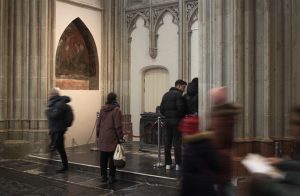
Religious tourism – Pictures: Kiki-Jane van Iterson
